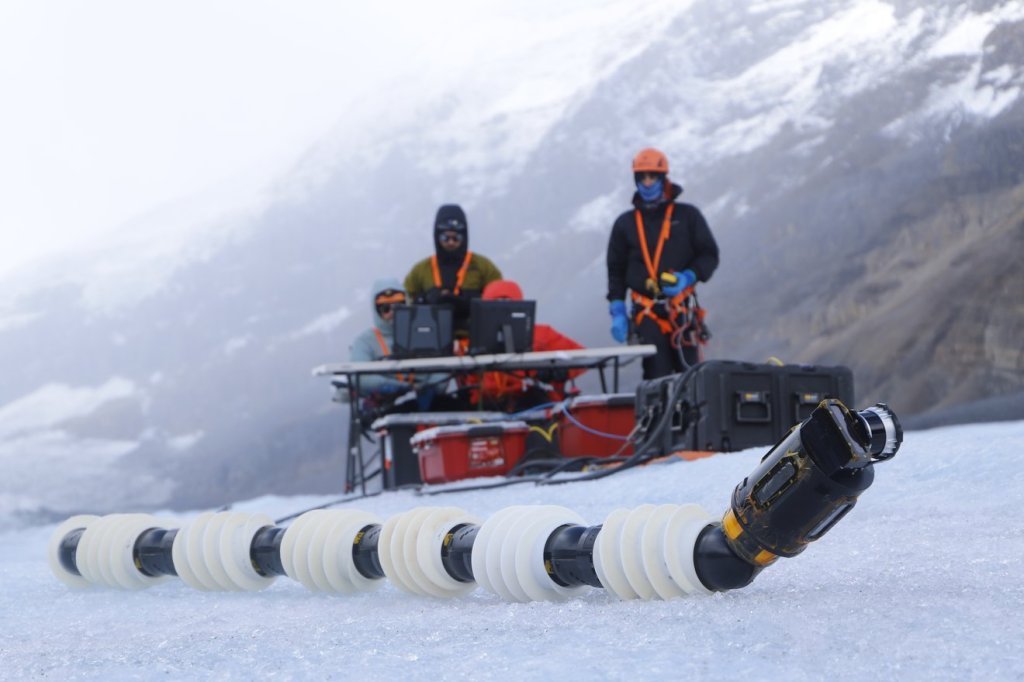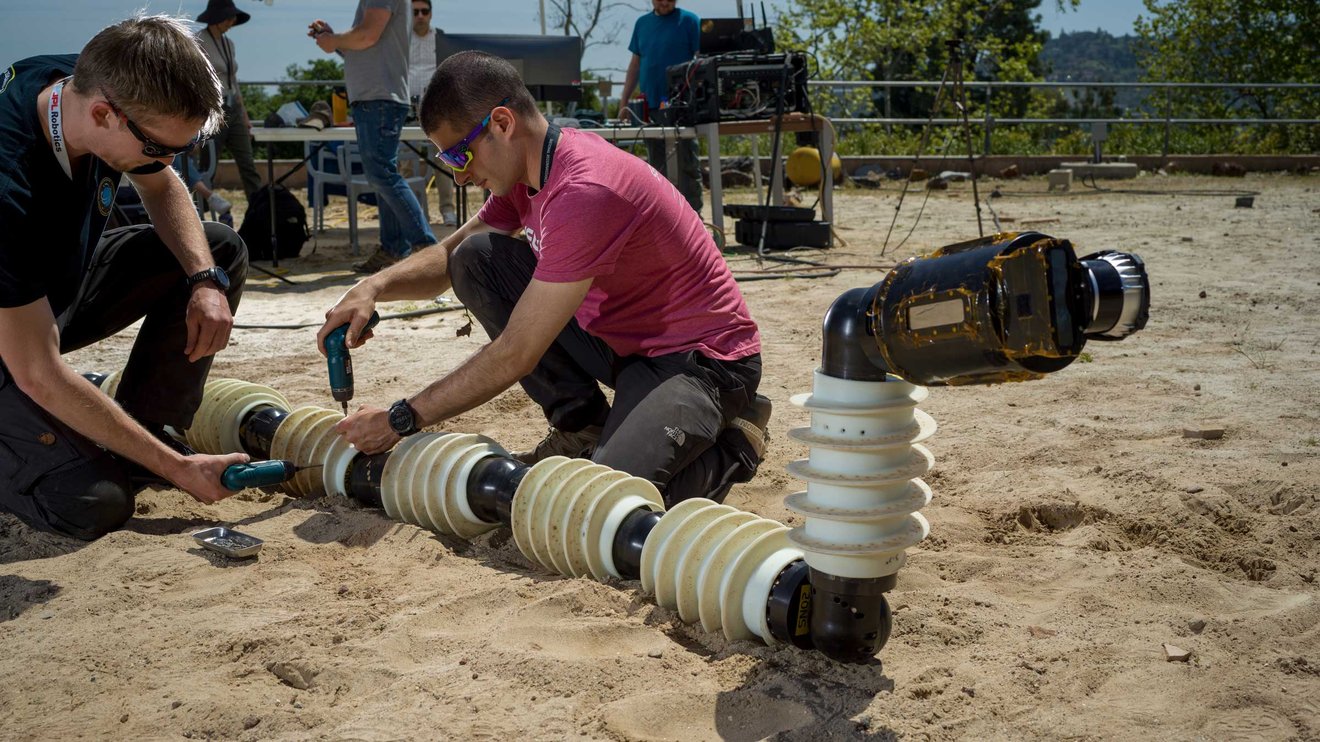Topics
Latest
AI
Amazon
Image Credits:NASA JPL/Cal-tech
Apps
Biotech & Health
mood

Image Credits:NASA JPL/Cal-tech
Cloud Computing
Commerce
Crypto

Image Credits:NASA JPL/Cal-tech
Enterprise
EVs
Fintech

Image Credits:NASA JPL/Cal-tech
fundraise
convenience
Gaming
Government & Policy
Hardware
layoff
Media & Entertainment
Meta
Microsoft
Privacy
Robotics
Security
societal
Space
Startups
TikTok
Transportation
speculation
More from TechCrunch
event
Startup Battlefield
StrictlyVC
newssheet
Podcasts
video
Partner Content
TechCrunch Brand Studio
Crunchboard
Contact Us
The snake automaton phase factor has existed for decade . In addition to the diversity it adds to the world of automation , the design has several pragmatic attributes . The first is redundancy , which appropriate for the system to keep chug even after a module is damage . The second is a body that make it potential for the snakelike system to navigate tight space .
The latter has made snake in the grass robots a compelling summation to search - and - deliverance teams , as the system can squeeze into spots masses and other golem ca n’t . Other applications let in plumbing and even medical , with scale down versions that can move around pipe and human organ , respectively . NASA JPL ( Jet Propulsion Laboratory ) , never one to shy aside from futuristic robotlike coating , has been explore ways the robust form component could be deploy to scout out extraterrestrial life .
As is so often the case with these sort of stories , we ’re still in the very early stages . Testing is presently being conducted on terrestrial landscapes designed to mimic what such systems could receive after slipping the surly bond of this pallid blue marble . That means a lot of ice , as NASA researchers are plan to station it to Saturn ’s small , cold moon , Enceladus .
Twenty - first - century flybys from Cassini have discover a water - rich environment , making the frosting - covered moon a potential prospect for life in our solar system . The eventual plan is to use the snake automaton , Exobiology Extant Life Surveyor ( EELS ) , to explore oceans beneath the moon ’s crust and finally answer one of the universe ’s giving , undefended question .
“ It is design to be adaptable to traverse ocean world – inspired terrain , fluidized sensitive , put in labyrinthian environments , and liquid , ” the team behind the inquiry writes inan articlepublished in this months ’ Science Robotics . “ Enceladus is the main driver for the design of EELS computer hardware and package architecture , as well as its mobility and autonomous capacity . We have been using glacier as Earth analog water ice environment to develop and test its computer architecture as a stepping Harlan Fisk Stone toward Enceladus . ”
For the project , JPL has teamed up with Arizona State University ; the University of California , San Diego ; and Carnegie Mellon University , the latter of which has a longsighted account designing ophidian robots . In fact , CMU spinoutHEBI Roboticsdesigned the module being used in this former version of the system .
Join us at TechCrunch Sessions: AI
Exhibit at TechCrunch Sessions: AI
“ On Enceladus , EELS could slither down narrow geyser on the airfoil and float through the vast , orbicular ocean , guess to be six stat mi deep at the south pole,”notes CMU . “ EELS is equipped with risk - aware provision , situational awareness , motility provision and proprioceptive ascendency to allow it to move autonomously far from Earth and the clench of human control . ”
According to NASA , the system weigh 100,000 gramme and measures in at 4.4 meters .